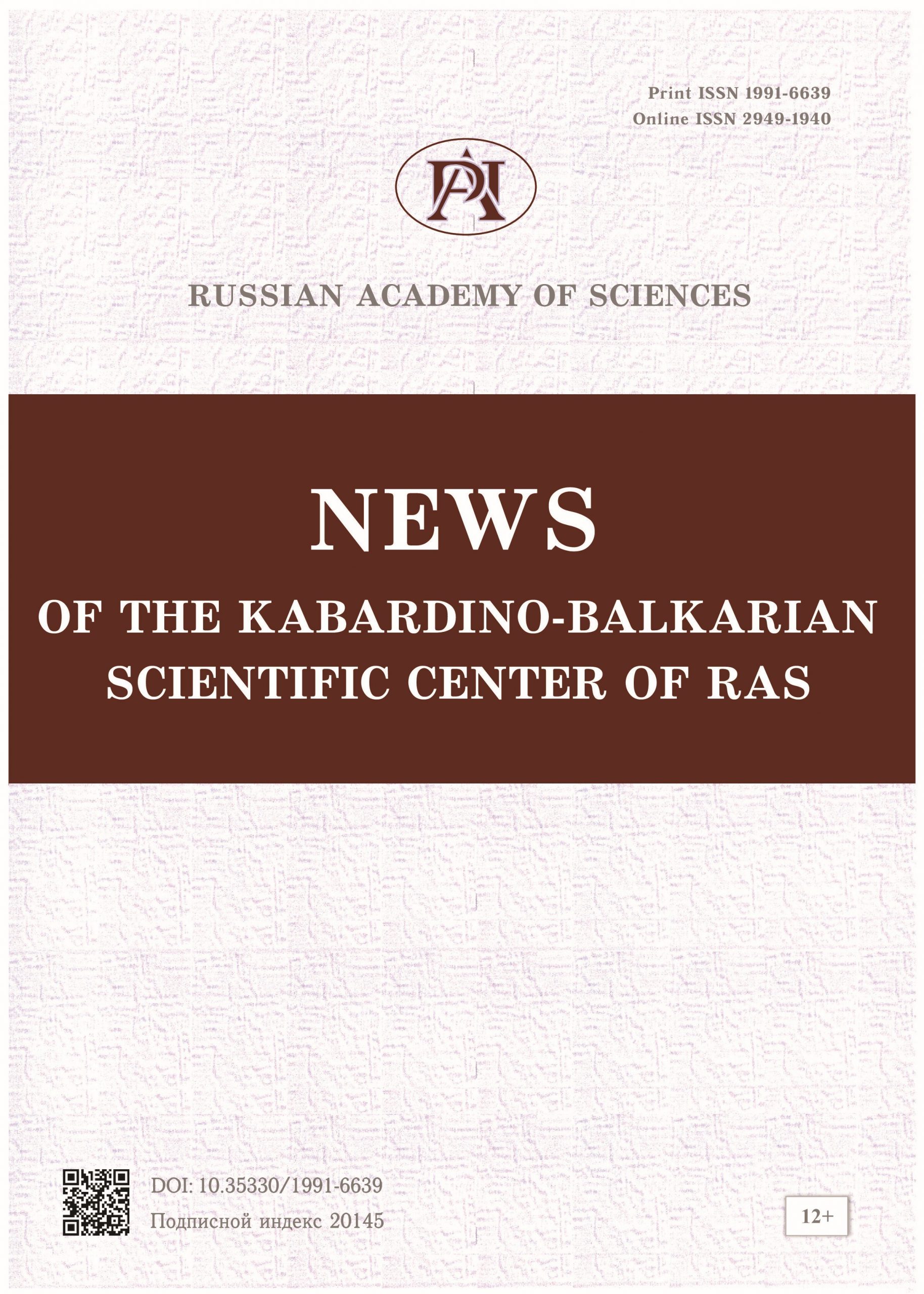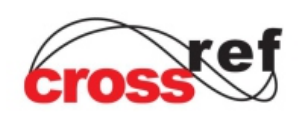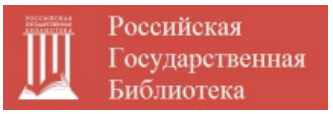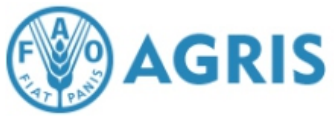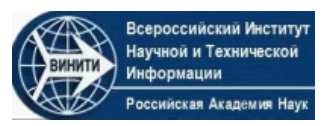Rooting woody cuttings of high-growing blueberry without mist system
E.M. Egorova, F.D. Taumurzayeva
Upload the full text
Abstract. The article presents results of studies on rooting cuttings of high-growing blueberries, conducted in 2022–2024 in the absence of a mist system. High-growing blueberries are a crop that is difficult to root, therefore they require a certain approach, i.e. use of a substrate with an optimal water-air regime, use of growth regulators to increase regeneration capacity, as well as certain microclimatic conditions that are achieved by mist system. Technical conditions for a mist are not available in all farms cultivating blueberries.The purpose of the study is to determine the optimal soil composition for rooting and to study the effect of growth regulators that stimulate root formation. Peat, peat + perlite (3:1), peat + sand (3:1) and sand were tested as substrates. To stimulate root formation, growth regulators Fitaktiv gel and Heteroauxin were tested.The experiments, observations and records were carried out according to the methodology adopted in agronomy. It has been established that the best substrate for rooting cuttings of high-growing blueberry is a peat-perlite mixture. Without additional stimulation, significantly more cuttings take root in this substrate than in the control and 6 times more than in sand.The use of Fitaktiv gel as a root formation stimulator in the absence of mist increases the yield of rooted cuttings, on average over three years of research, to 58% with good quality of the formed roots. This allows you to get the amount of planting material necessary for repairing plantings without spending on mist system. The effect of heteroauxin in this regard, according to our research, is significantly weaker.
Keywords: blueberries, rooting, root system, root formation stimulants, callus, peat, lignified cuttings.
For citation. Egorova E.M., Taumurzayeva F.D. Rooting woody cuttings of high-growing blueberry without mist system. News of the Kabardino-Balkarian Scientific Center of RAS. 2025. Vol. 27. No. 1. Pp. 11–19. DOI: 10.35330/1991-6639-2025-27-1-11-19
